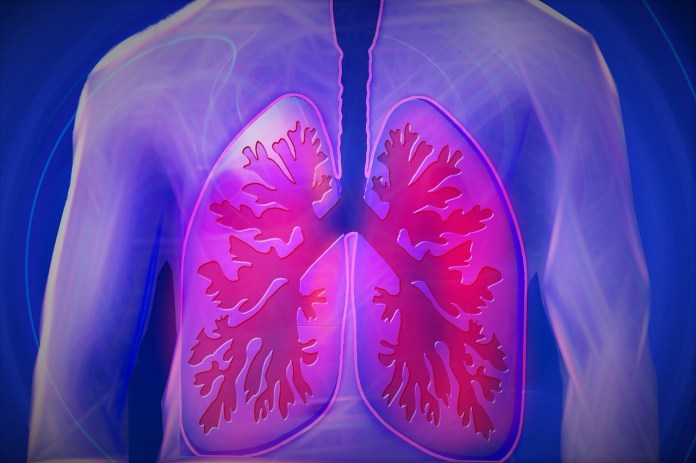Report 78: Thirty-Two Percent of Pfizer’s Post-Marketing Respiratory Adverse Event Patients Died, Yet Pfizer Found No New Safety Signals.

The War Room/DailyClout Pfizer Documents Analysis Project Post-Marketing Group (Team 1) – Joseph Gehrett, MD; Barbara Gehrett, MD; Chris Flowers, MD; and Loree Britt – wrote a compelling analysis of Respiratory Adverse Events of Special Interest (AESIs) found in Pfizer document 5.3.6 Cumulative Analysis of Post-Authorization Adverse Event Reports of PF-07302048 (BNT162B2) Received Through 28-FEB-2021 (a.k.a., “5.3.6“). This category of AESIs contains conditions of damaged lung structure or impaired oxygen or carbon dioxide exchange.
It is important to note that the AESIs in the 5.3.6 document were reported to Pfizer for only a 90-day period starting on December 1, 2020, the date of the United Kingdom’s public rollout of Pfizer’s COVID-19 experimental mRNA “vaccine” product.
Key information from this report:
- Of the 130 total patients in this SOC, 41 (32%) died.
- Of the 137 relevant adverse events, 126, or 92%, were categorized as “serious,” which, according to the Food and Drug Administration (FDA), includes patient outcomes such as death, life-threatening events, hospitalizations, and disability or permanent damage.
- Diagnoses included:
- “Severe acute respiratory syndrome” (SARS, also known as SARS-CoV-1). According to the Centers for Disease Control and Prevention (CDC), this disease still has not been seen in the world since 2004. “Since 2004, there have not been any known cases of SARS reported anywhere in the world. The content in this website was developed for the 2003 SARS epidemic. But some guidelines are still being used. Any new SARS updates will be posted on this website.” The World Health Organization (WHO) agrees with that assessment.
- “Respiratory failure,” 32% of the adverse events, includes all cases requiring a mechanical ventilator.
- Acute respiratory distress syndrome (ARDS), a lung injury where fluid leaks from the blood vessels into the lung tissue as well as the air spaces (alveoli) resulting in stiffness of the lung. It causes a marked increase in the work required to breathe, as well as reduced oxygen and carbon dioxide exchange.
- Low blood oxygen levels.
- High carbon dioxide blood levels.
- For the adverse events that had a record of time from injection to onset, the range was from within 24 hours to 18 days with half of the events reported at one day.
- These AESIs occurred more in females (55.4%) than in males (44.6%).
- Despite 32% of patients in this SOC dying, Pfizer concluded, “This cumulative case review does not raise new safety issues. Surveillance will continue.”
Please read this important report below.
Post Marketing Team Respiratory MicroReport - p1
https://dailyclout.io/wp-content/uploads/Post-Marketing-Team-Respiratory-MicroReport-p1.pdf
Post Marketing Team Respiratory MicroReport - p2
https://dailyclout.io/wp-content/uploads/Post-Marketing-Team-Respiratory-MicroReport-p2.pdf



